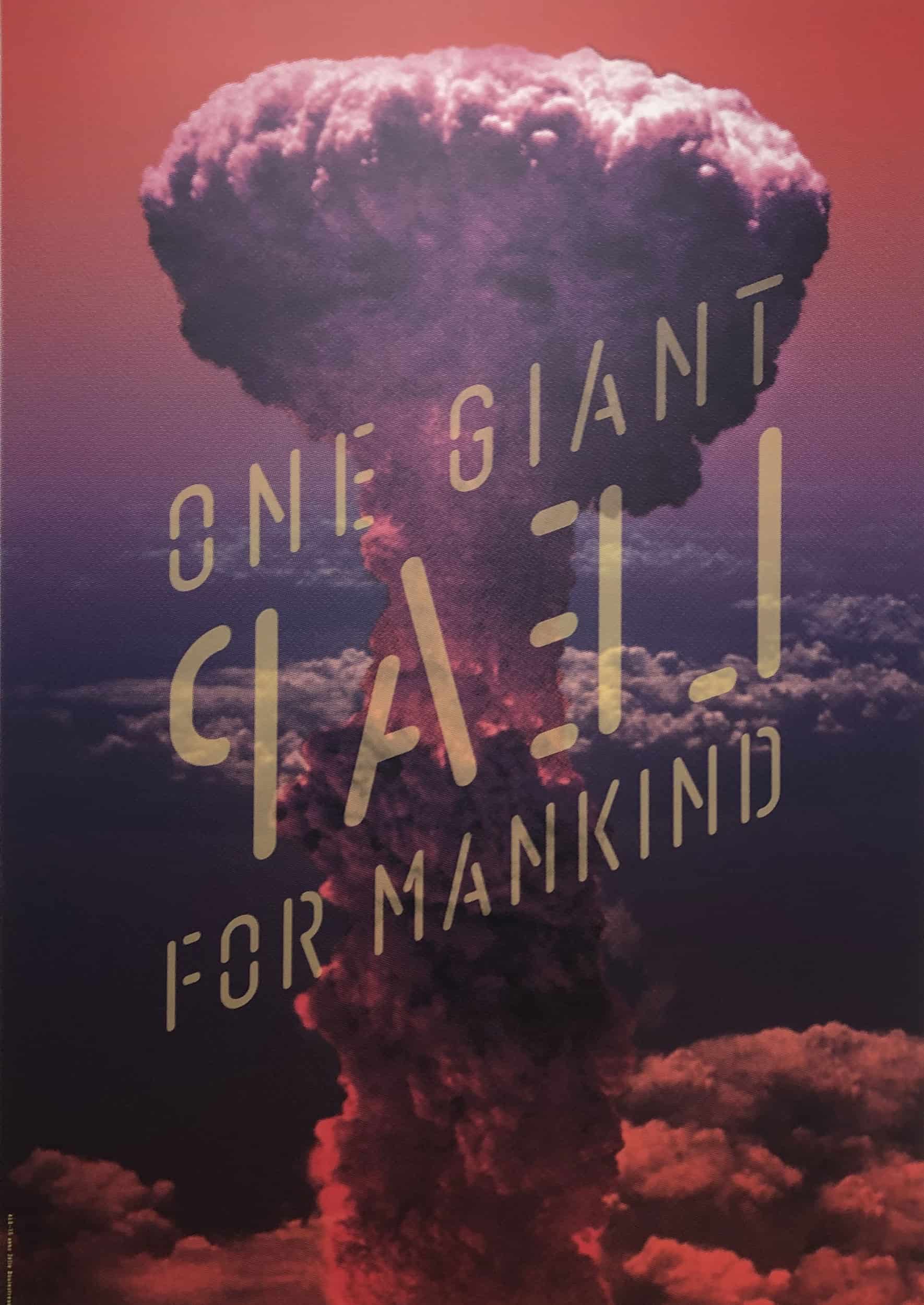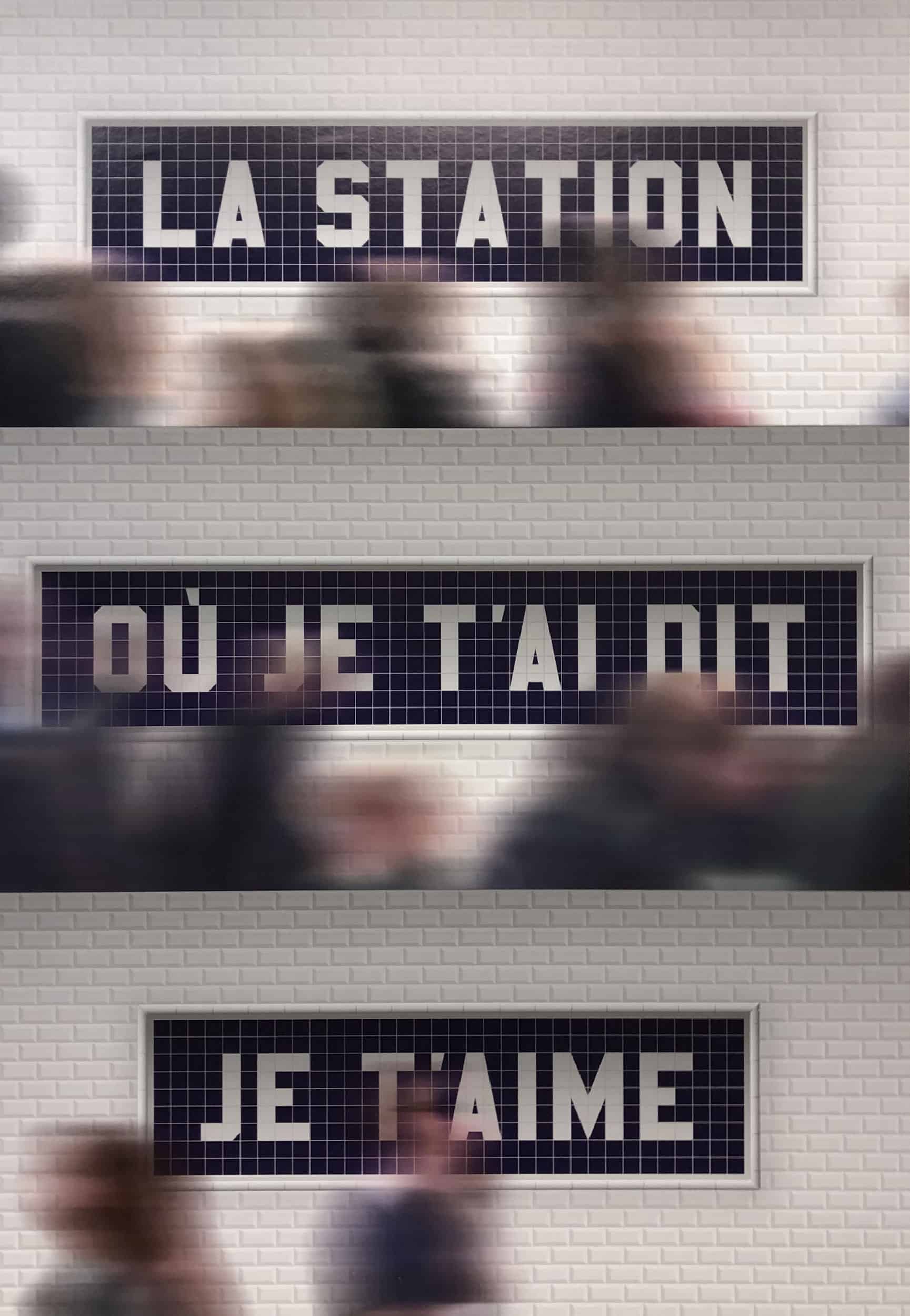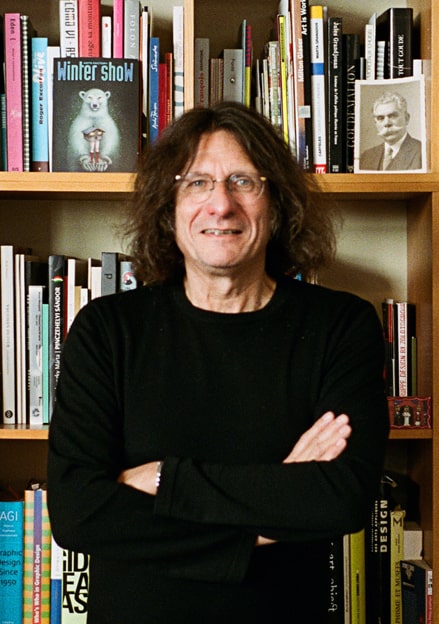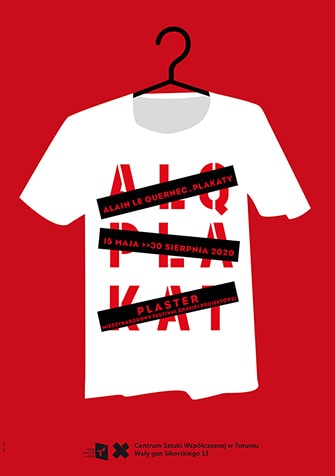Have you ever hung a poster featuring your favourite musician, album, movie or actor on your wall? Or maybe you found a particular poster attached to a poster pillar in the street so attractive that you tore it off and took it home with you to keep? Is there a collection of excellent posters in your whereabouts – at your home, in your office building or a familiar café – which represents a particular period of time, takes you on a sentimental journey into the past or spurs you into action for a good community-related cause?

poster courtesy: Alain Le Quernec
Posters are of a different nature. The most basic ones are created for purely informative causes. In recent months, however, when out entire lives moved to virtual reality, posters were nothing else than visual materials adjusted to the standard dimensions of a Facebook wall. For these long weeks of isolation we were longing to see them and to follow the recommendations they communicated in order to be able to fill our long free evenings. The time has finally come after weeks of lockdown, remote work and a complete lack of opportunities to visit cinemas, theatres, museums and galleries, to go out and visit publicly-accessible spaces again. Having said so, since the public is back in town, traditional posters have made their way back to the city space too. Their utilitarian quality of providing information is still invaluable, despite the fact that other communication channels are rapidly developing these days. However, we cannot talk about posters without analysing them from the perspective of a separate field of art.
The moment restrictions related to the pandemic were eased off symbolically coincided with the opening of another edition of the Plaster festival. This is already the 11th time when poster enthusiasts can visit the Centre of Contemporary Art in Toruń to familiarise themselves with and analyse current international trends in graphic design. The festival offers an opportunity to look at graphic design from a different perspective each year by combining projects from different European countries, sometimes even from further parts of the world.
This year we can look at how French designers see new trends in this field of art. Exhibitions of works by French poster classics are juxtaposed with a thorough presentation of a new generation of artists. All this is complemented by the look from the outside, namely an exhibition of posters created specifically for this festival. Inspired by topics presented during this year’s edition of the festival and by the authors, whose works are featured there, a group of Polish graphic artists presents their own vision of aesthetics and philosophy driving contemporary French graphic design.
Alain Le Quernec
Michel Bouvet
Overall, it all combines into a “cluster” of thoughts, aesthetics and topics. Not only the artists whose works are presented, but also the character of the festival highlight the enormous significance graphic design has when it comes to contemporary visual culture and, at the same time, how it influences our surroundings. We can see how our environment is documented and commented on through posters. Apart from posters dedicated to cultural events, such as festivals, movies and theatre plays, we can also see posters created for social campaigns, the ones appealing to us to notice other people around us (“Bebe n’aime pas fumer”, “La station ou je t’ai dit je t’aime”), emphasising the importance of community and common values, such as ecology (“Ego”, “Cul de sac”). On the other hand, presented posters are a form of response to problems and hazards we face. By looking at them we get familiar with the authors’ views on such social and political issues as fake news, the politics of Donald Trump or the issue of state boundaries.
The organisers of the festival emphasise that: “Plaster is a combination of two Polish words – PLAKAT and POSTER. The world PLASTER in Polish means something temporary, a strip of cloth which is attached to something and removed later on, so, in other words, this is a means which works on a short-term basis, just as posters do.” A poster is a message and its main function is to provide others with information. Not infrequently it becomes a propaganda tool and comments on tensions, phenomena and trends which we face here and now. Its content is closely related to the present times. Nevertheless, a poster itself is an added value, an artistic project and a work of art. “A POSTER […] is based on harmony between two genuinely equal elements – illustrations and lettering.” Content and form are constantly clashing and competing. The final effect is a relationship which gives the work a unique character and prove exquisite craftsmanship and “diplomatic power” of the author.

Posters courtesy: Michel Bouvet
The easiest way to understand two different ways of using these elements is by looking at the works of two iconic French poster artists – Michel Bouvet and Alain Le Quernec – which are on display at the Centre of Contemporary Art in Toruń. There are two separate monographic exhibitions where we can admire works by these masters. These are much more than just two separate exhibitions we are talking about, since they present two different approaches to graphic design. Michel Bouvet is a graphic artist who uses drawing technique. His posters are very often created by drawing lines on colourful surfaces. Handmade typography, gestures, nonideal lines and contours drawn by the artist himself are the characteristic features of his works. The freedom of creation is emphasised by vivid colours, witty juxtapositions and funny motives.
In contrast, posters created by Alain Le Quernec are created using other means of expression and language. While Michel Bouvet opts for individual gestures, Alain Le Quernec uses photographies as a starting point for his projects. He processes and multiplies them, and subsequently generates a clean, computer image which does not allow for any kind of imperfection, which would detract viewers’ attention from the communicated message. The content is communicated through a catchphrase and an image revolving around a single centralising element. Word-play and its interaction with the visual content create a room for our own interpretation and reflection. This is truly important since the posters created by this artist often comment on social issues, morality and political questions. It needs to be emphasised that Alain Le Quernec does not create advertising posters and is working exclusively on pieces which present an independent commentary on current events happening globally.

poster courtesy: Alain Le Quernec
As it turns out, you do not have to actually go to France in order to make a trip through this country. The 11th edition of the International Festival of Graphic Design ends on the 31st of August, so you still have two months to track the motives, themes and latest trends in French graphic design.
11. PLASTER – International Festival of Graphic Design
CENTRE OF CONTEMPORARY ART ZNAKI CZASU IN TORUŃ
15/05–31/08/2020
Curator: Krzysztof Białowicz

poster courtesy: Alain Le Quernec
poster courtesy: Alain Le Quernec
>poster courtesy: Alain Le Quernec















